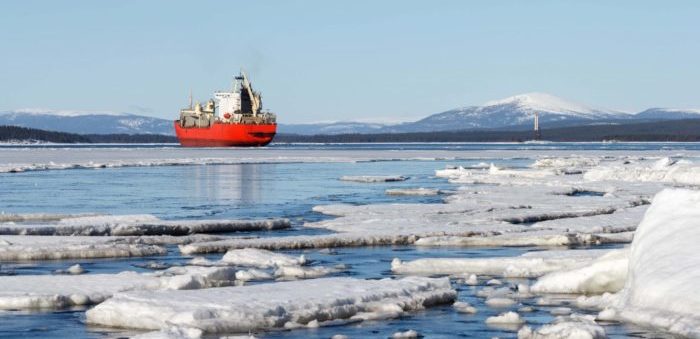An annual cargo flow of 80 million tons of cargo are planned to be shipped annually through the Northern Sea Route by 2024, Rosatom Director General Alexey Likhachev told delegates on the sidelines of the Northern Sea Route (NSR) Public Council.
The first working meeting of the Northern Sea Route (NSR) Public Council took place at the Eastern Economic Forum (EEF) at the Maritime State University (MSU), this week.
Attendees included representatives from international shipping companies, federal executive and legislative authorities, large Russian and international companies operating in the region, scientists and public organisations.
Within the framework of the federal project “Northern Sea Route”, the appropriate set of measures has been taken to achieve the annual target cargo flow of 80 million tons by 2024. We have no doubt that we will cope with this task and create infrastructure that will include the Arctic Icebreaker Fleet, satellite communications, emergency means of rescue, Port Fleet and digital shipping services,
…Mr. Likhachev said.
In August 2019, a contract was signed for the construction of the third and fourth serial universal nuclear icebreakers in addition to the three under construction in St. Petersburg, he also noted.
In line with Russia’s development in the NSR, the first new major seaport projected by Rosatom is the Utrenny terminal on the coast of the Ob Bay. The terminal will provide natural gas company Novatek’s Arctic LNG 2, a project that ultimately will produce 19,8 million tons of LNG and launch production in 2023.
Also, Russia plans on adding satellites that will improve its meteorological and hydrological data and better-analyze ice conditions.
The founding meeting of the Northern Sea Route (NSR) Public Council took place aboard the nuclear icebreaker ‘Arktika‘ on 6 June 2019 in Saint Petersburg.
Rosatom, the world’s top nuclear company, was selected by the Russian government to operate the NSR, coordinating development of the project among its users.
The Northern Sea Route (NSR) requires 735 billion roubles ($11.7 billion) in investments, with the state budget to provide a third and the rest to come from companies and banks, Alexey Likhachyov was quoted as saying earlier in 2019.






























































